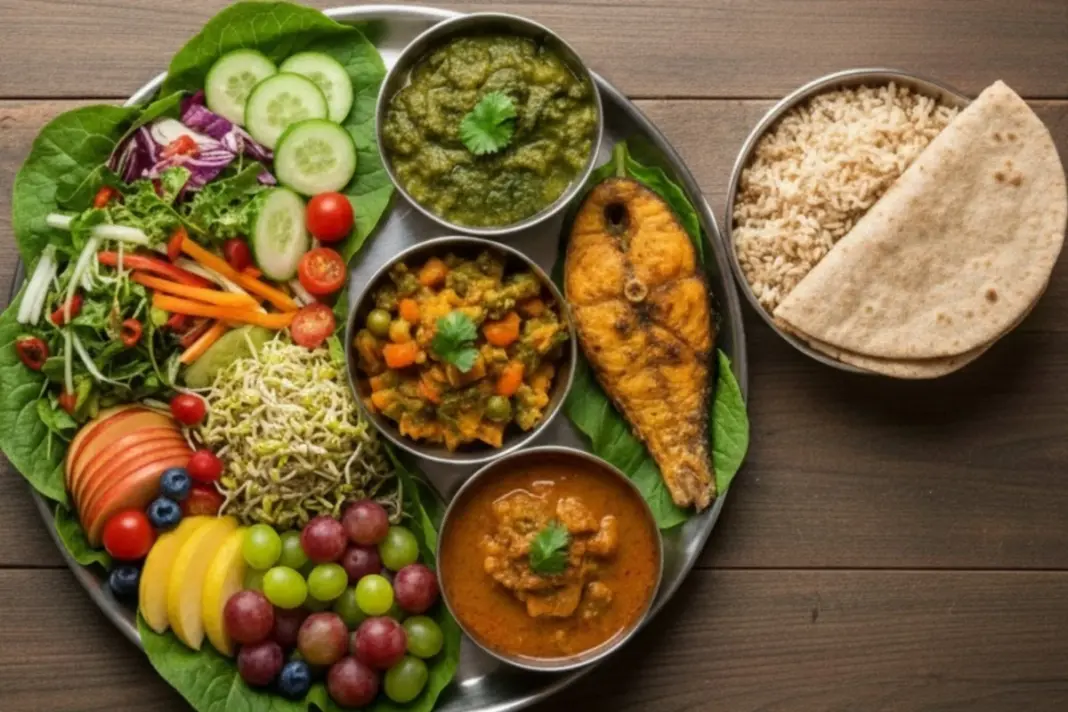India is often called the diabetes capital of the world, and the numbers keep rising every year. Many experts have tried to explain why the condition is so common here, and one doctor has broken it down in the simplest way. In one of the episodes of The Ranveer Show, Pune-based cardio-diabetologist Dr Bhagyesh Kulkarni explained how our eating habits are one of the biggest reasons behind this growing health concern.
He also shared a practical rule that can help fix our meals and support better diabetes management.
Why India Struggles With High Rates
In the video, host Ranveer Allahbadia asks the doctor why India has such a large diabetes burden. Dr Kulkarni says the main reason is that we eat too many carbohydrates. Most Indian plates are filled with rice, roti, poha or other carb-heavy foods. When we eat them in excess, our blood sugar shoots up, and it becomes difficult for the body to handle it over time.
He says this pattern is common across the country. Whether it’s breakfast, lunch or dinner, carbs usually take up most of the plate. This long-term habit has slowly pushed India towards becoming a high-risk zone for diabetes.
The 40-30-20 Meal Rule For Diabetes Management
To correct this, Dr Kulkarni suggests a balanced plate that follows the 40-30-20 principle. This rule shows how much of each food group we should ideally eat in one meal.
Here’s what it looks like:
40% Raw Foods:
This includes salads, sprouts, fruits, and anything that doesn’t go through heavy cooking. Raw foods keep digestion smooth and help stabilise blood sugar.
30% Cooked Foods:
These are your regular cooked vegetables, green sabzis, curries and even fish curry for non-vegetarians. These foods add nutrition and keep the plate wholesome.
20% Grains:
Rice, roti and other grains should now be the smallest section on the plate. This is the opposite of how most Indian meals traditionally look.
The doctor explains that earlier, people ate large portions of rice and only a small amount of salad. But now, he has reversed the ratio in his own diet. His plate includes more vegetables and raw foods and very little rice. This simple shift helps improve blood sugar control.
Start With Protein Or Salad
Dr Kulkarni also shares another useful tip. He says that if you begin your meal with protein or salad, your sugar levels stay more stable. The body digests these foods slowly, which prevents sudden sugar spikes.
The doctor’s message is that you don’t need extreme diets. You only need a more balanced plate. Following the 40-30-20 rule can support better diabetes management, improve energy levels and help you stay healthier in the long run.


